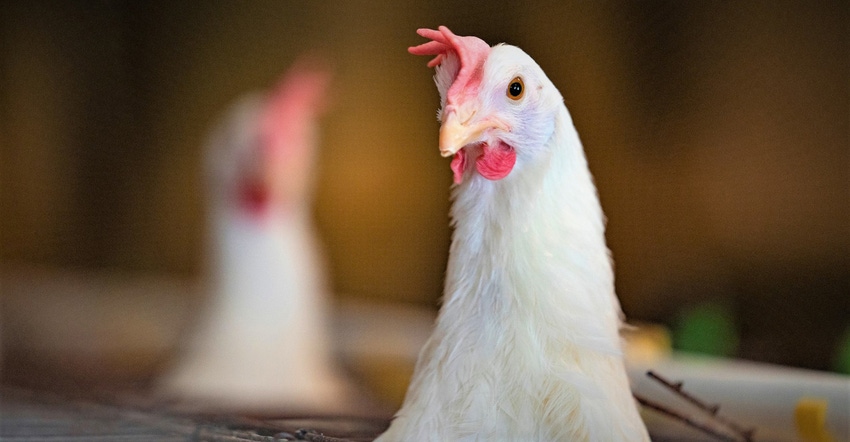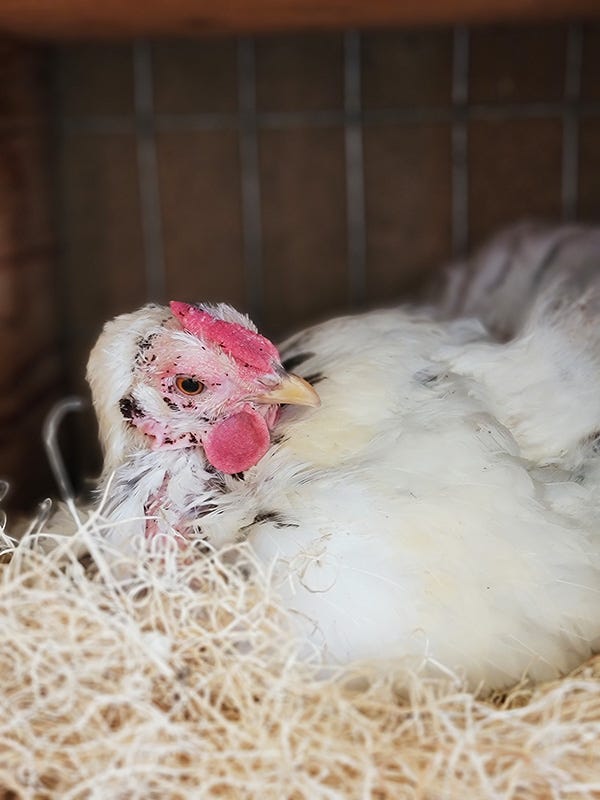
Texas livestock producers will soon have new resources to help them navigate challenges associated with mass animal losses that can occur during outbreaks of chronic disease or highly pathogenic viruses like avian and swine flu.
A $147,719 grant from the U.S. Department of Agriculture Animal and Plant Health Inspection Service National Animal Disease Preparedness and Response Program will fund a two-year project designed to create educational materials and resources to help producers correctly dispose of animal carcasses.
Specifically, the project will develop animal mortality management training and outreach materials for producers of dairy, beef, swine and poultry animal feeding operations in Texas. The project seeks to address the information gap between local, state and federal public health agencies and producers for preparing and disposing of contaminated animal carcasses in an outbreak.
Virtual reality scenarios, resources for producers
Zong Liu, Texas A&M AgriLife Extension Service specialist and assistant professor in the Department of Biological and Agricultural Engineering at Texas A&M University, said resources will help producers navigate proper disposal methods and restricted activities.
AgriLife Extension will provide both in-person and online courses, he said. Outreach materials will ultimately include 360-degree, virtual reality components.
 Carcass management resources will be available online and through AgrilLife Extension county agents. (Photo by Shelley E. Huguley)
Carcass management resources will be available online and through AgrilLife Extension county agents. (Photo by Shelley E. Huguley)
The first objective is to make regulatory information related to disposal more available to producers, Liu said. The second objective is to provide an online virtual guide with uploaded videos regarding proper handling and disposal and interactive online map to help locate licensed disposal operations.
The guide will also provide a network of veterinary hospitals or state agencies, including the Texas Animal Health Commission, for assistance.
“Our goal is to provide learning opportunities that can help producers before, during and after a mass casualty event like a disease outbreak,” he said. “We identified the need for this type of resource, and this grant is helping us create educational and interactive components to meet that goal.”
Supplies, assistance to help producers manage disposal
Online content will be available on AgriLife Extension websites, and other materials will be disseminated through the network of AgriLife Extension county agents. Producers will also be able to find resources regarding critical supplies and assistance so they can make informed decisions to match the carcass management method with their needs and capabilities during a potential outbreak.
Whether burying, composting, incinerating or other means, Liu said disposal methods must meet health and environmental standards while providing producers logistically and financially feasible ways to address mass losses.
For example, composting is often the primary disposal method after a mass animal mortality, Liu said. So, to help with composting, the resource helps producers locate materials such as wood shavings, straw or cardboard.
Over the course of the project, Liu said the goal is to simplify the process for producers and provide them the resources, education and expertise to manage a mass loss. But the project will also conduct monitoring to help producers mitigate risks associated with outbreaks.
“It is a collaborative effort that is going to fill a need,” he said. “Outbreaks and mass mortality events are not a pleasant situation for producers, and we want to provide the guidance and resources they need to handle their losses the correct way.”
Source: is AgriLife TODAY, which is solely responsible for the information provided and is wholly owned by the source. Informa Business Media and all its subsidiaries are not responsible for any of the content contained in this information asset.
About the Author(s)
You May Also Like




